Commonly heard Animals and Area sounds
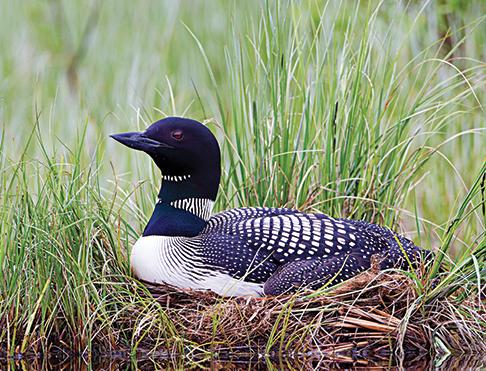
Common Loon
Loons are excellent swimmers, using their feet to propel themselves above and under water. However, since their feet are located posteriorly on the body, loons have difficulty walking on land. Thus, loons avoid coming to land, except when nesting or severely injured. They eat mainly fish, supplemented with amphibians, crustaceans and similar mid-sized aquatic fauna. The common loon produces a variety of vocalizations. Each of these calls communicates a distinct message. The frequency at which it vocalizes has been shown to vary based on time of day, weather, and season.
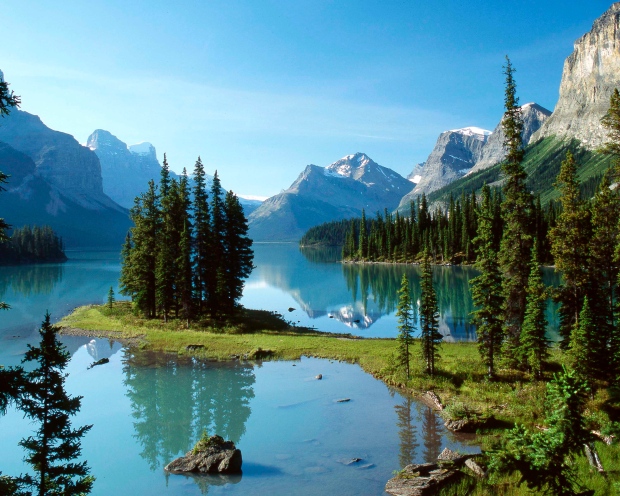
Jasper National Park
It is the largest national park in the Canadian Rockies, spanning 11,000 km2 (4,200 sq mi). The park was declared an UNESCO World Heritage Site in 1984. It is located in the province of Alberta, north of Banff National Park and west of Edmonton. The park includes the glaciers of the Columbia Icefield, hot springs, lakes, waterfalls and mountains. Mammalian species that can be found in the park are the elk, caribou, white-tailed deer, porcupine, lynx, beaver, river otter, grizzly bear, coyote, mountain goat, black bear, timber wolf, hoary marmot, cougar, and wolverine.
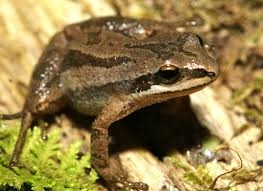
Boreal Chorus Frog
This small species of frog reaches about 30 mm in length. It is highly variable, but is normally brown, and can be green on the dorsal surface, with three broken dorsal stripes. These stripes can be very distinct to quite faint. It has slightly enlarged toe pads to help in climbing small grasses and vegetation.This species can be found around permanent water bodies in cleared land and forest. Males make a "reeeek" call from grasses, vegetation, or ground around the water body from April through to September. This call is a characteristic of the frog's trilling clade.
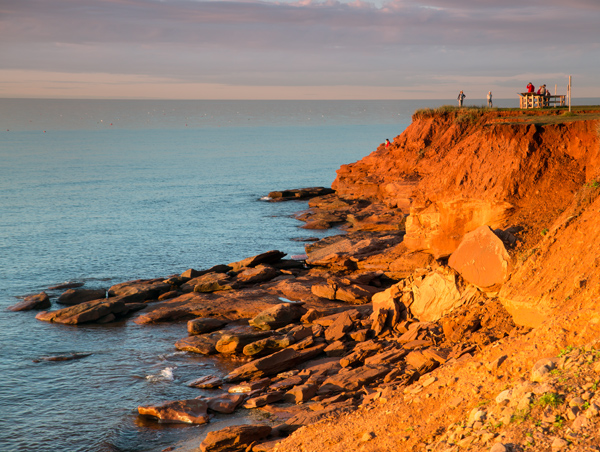
Cavendish Beach
Miles of sand dunes, barrier islands, sandstone cliffs, wetlands, and forests. The beaches of Cavendish are part of Prince Edward Island National Park. The Park offers walking trails and fascinating interpretive programs on beach ecology, geology, evolution, wildlife, and archaeology. The road through the park leads you to a choice of many access points to the beach which offer a safe place to park and walkways to the water, with supervised beach and swimming area.

Northwestern Wolf
Northwestern wolves are one of the largest subspecies of wolves. In British Columbia, Canada. It is also known as the Mackenzie Valley wolf, Alaskan timber wolf, Canadian timber wolf, or northern timber wolf and is a subspecies of gray wolf. The Northwestern Wolf is the largest subspecies of wolf, living and hunting in packs of up to 10 or 12 members in the wild. They are the most wide-ranging of carnivores and can take prey up to ten times their size because of their hunting techniques. Their presence is unfortunately being threatened by humans due to their size and ferocious appearance.
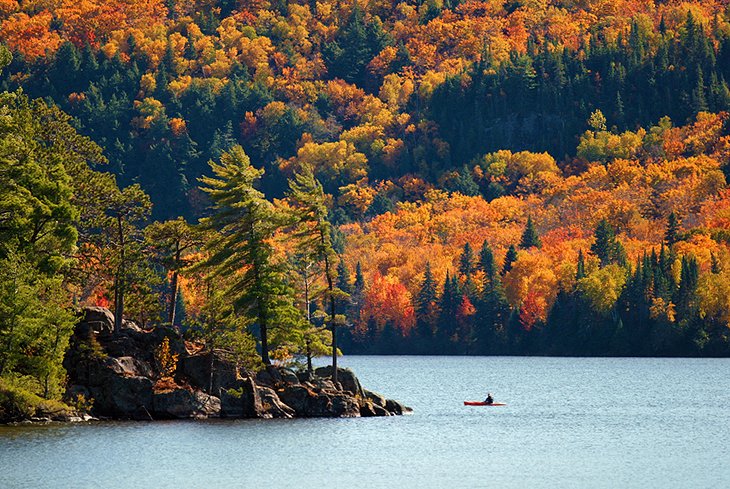
Algonquin Provincial Park
Established in 1893, it is the oldest provincial park in Canada. Additions since its creation have increased the park to its current size of about 7,653 square kilometres. For comparison purposes, this is about a quarter of the size of Belgium. Over 2,400 lakes and 1,200 kilometres of streams and rivers are located within the park. Some notable examples include Canoe Lake and the Petawawa, Nipissing, Amable du Fond, Madawaska, and Tim rivers. These were formed by the retreat of the glaciers during the last ice age. This unique mixture of forest types, and the wide variety of environments in the park, allows the park to support an uncommon diversity of plant and animal species.